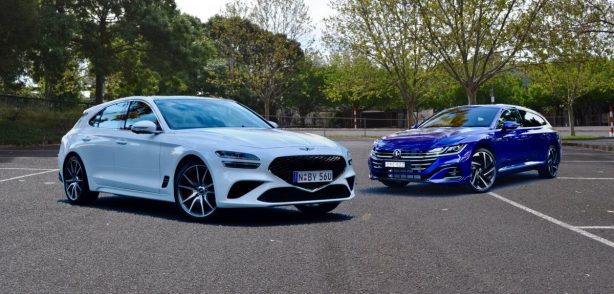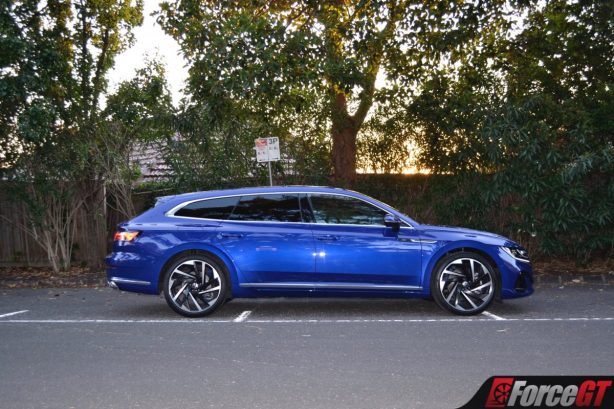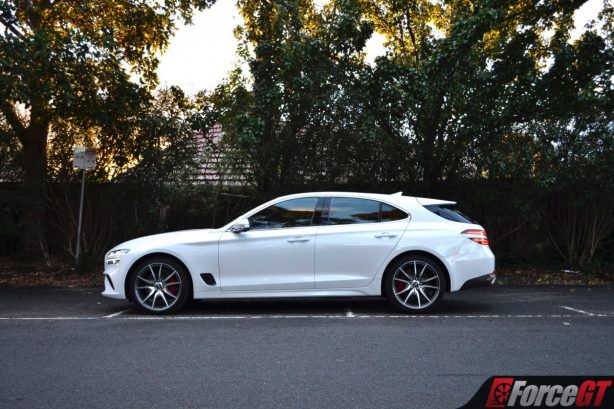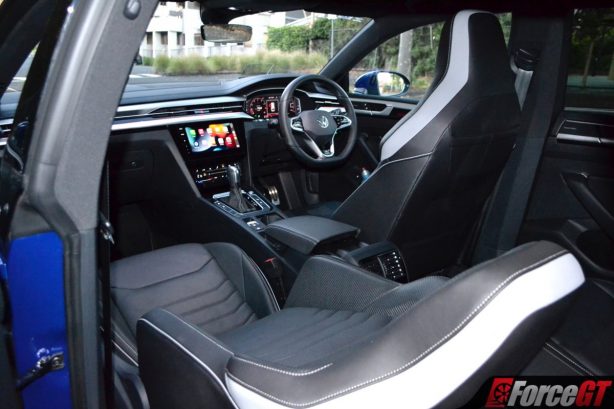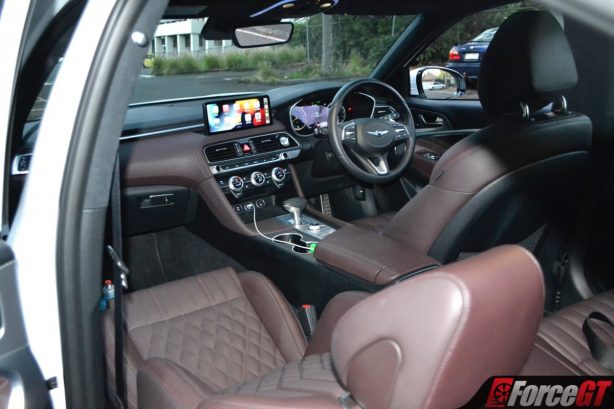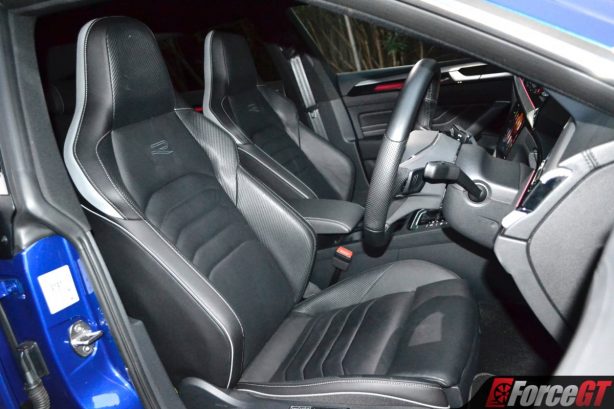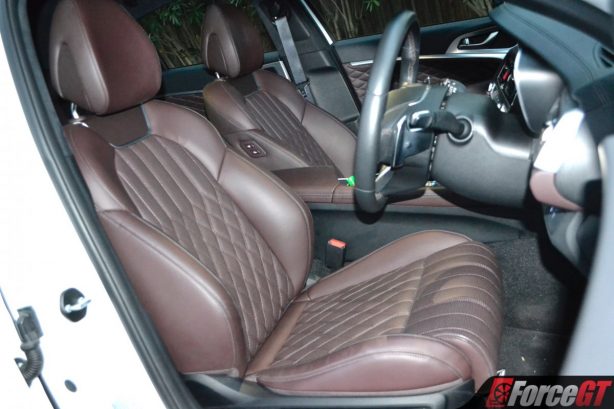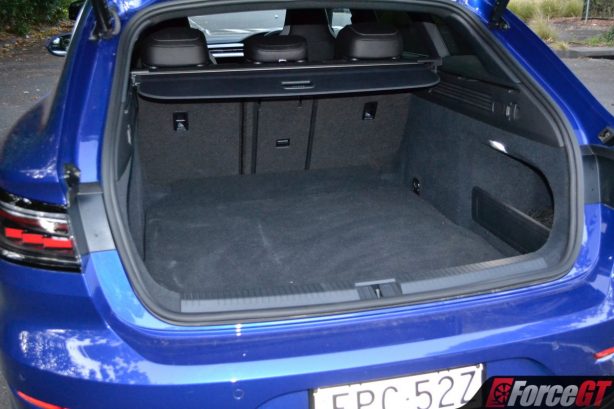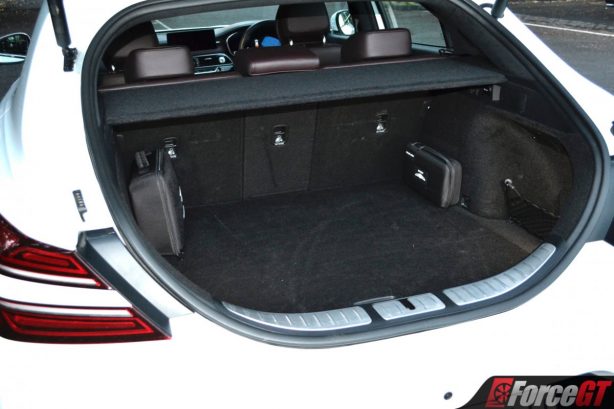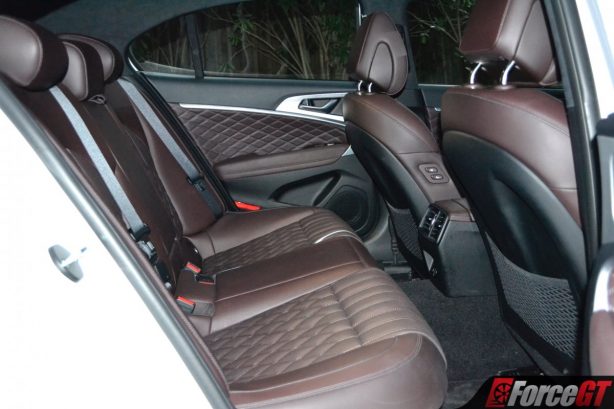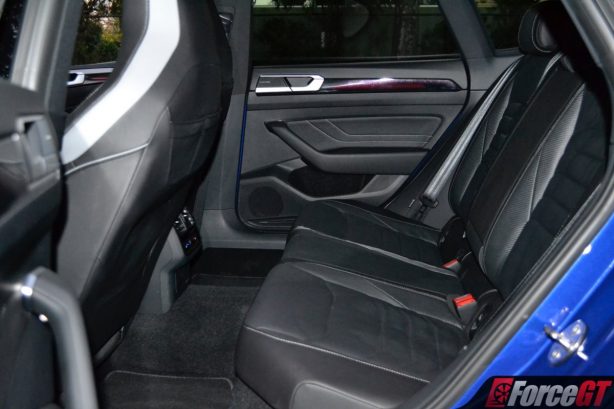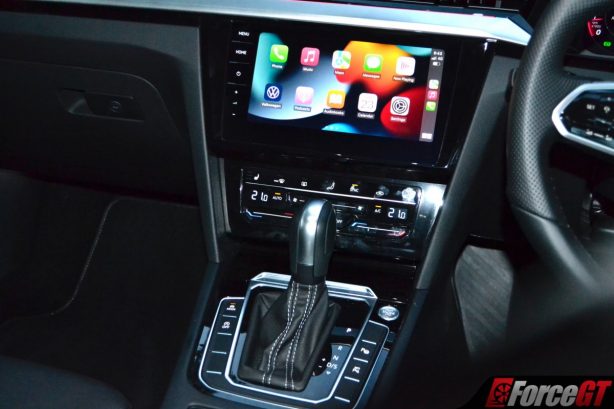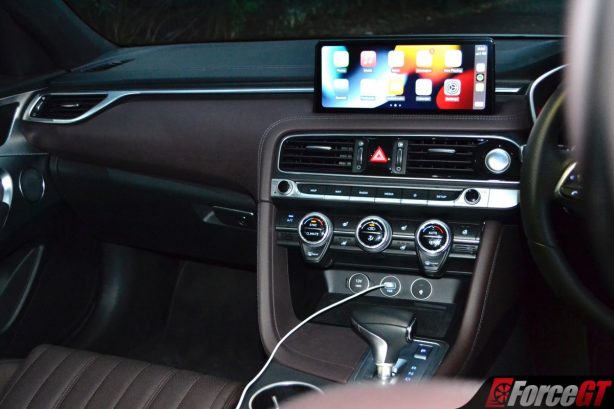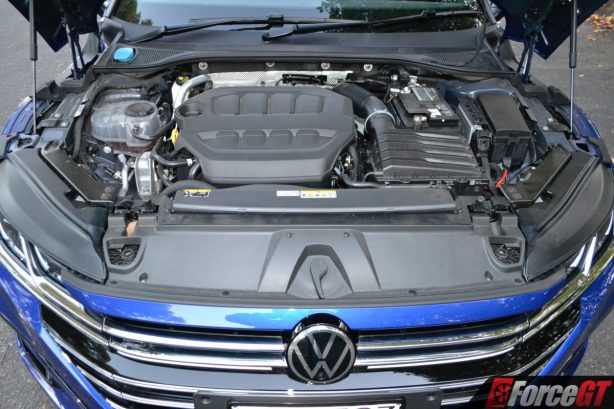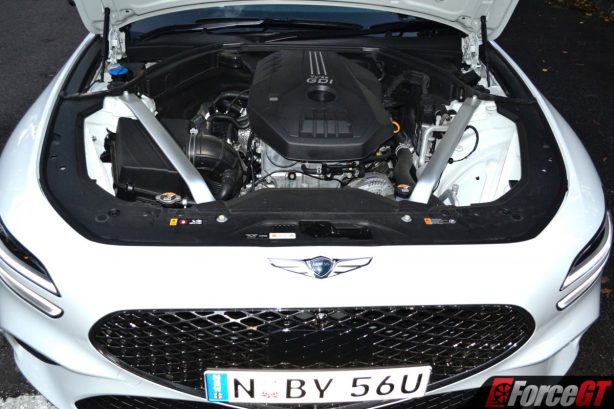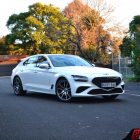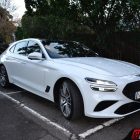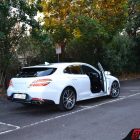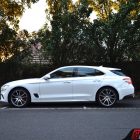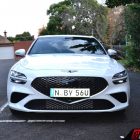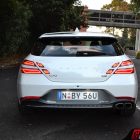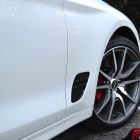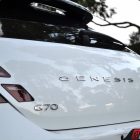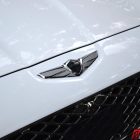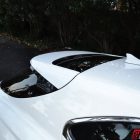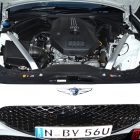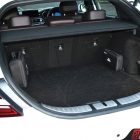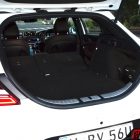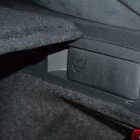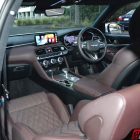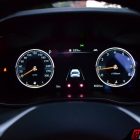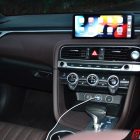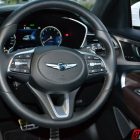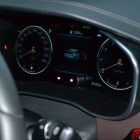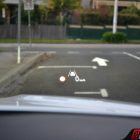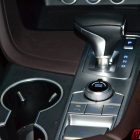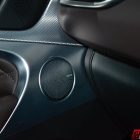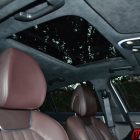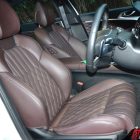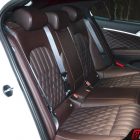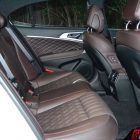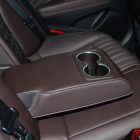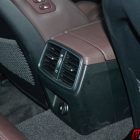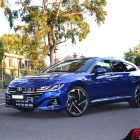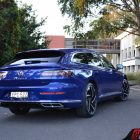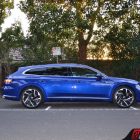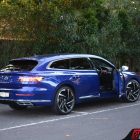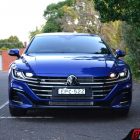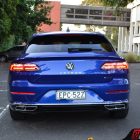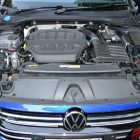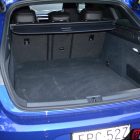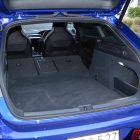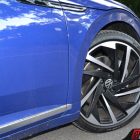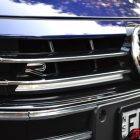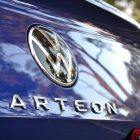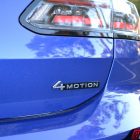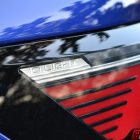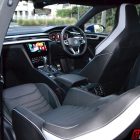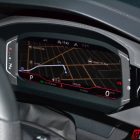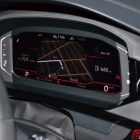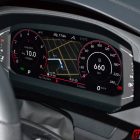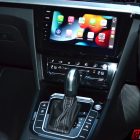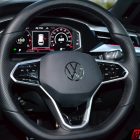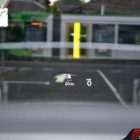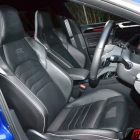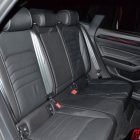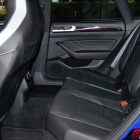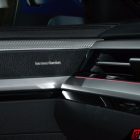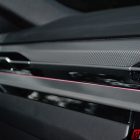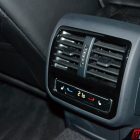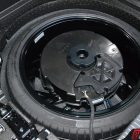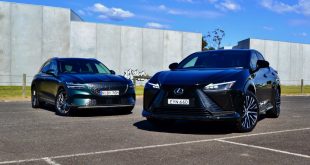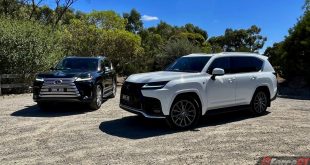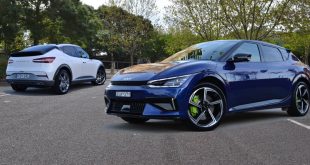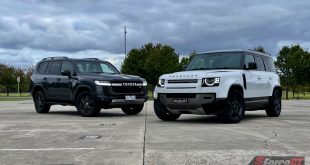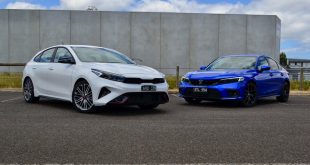First it was the four-door coupe, and now it’s the Shooting Brake – or sexy wagon to you and me. I’m not complaining as I happen to think they look fantastic, have enough room for a dog and some ski gear, and an excellent alternative to the ubiquitous high-riding SUVs.
They are more exclusive, too, with only a handful of models to choose from, from the recently revived WRX wagon to the fire breathing Golf R wagon and BMW M3 Touring.
We’ve lined up two of these rare breeds for a shoot-out – the 2022 Volkswagen Arteon 206TSI R-Line and 2022 Genesis G70 2.0T Shooting Brake. They are both wagon versions of their respective sedan counterparts.
And while the Volkswagen Arteon Shooting Brake punches above its badge credentials with strong equipment and a powerplant to match, the Genesis G70 Shooting Brake is a genuine luxury upstart.
As expected, the Arteon 206TSI R-Line Shooting Brake undercuts the G70 Shooting Brake 2.0T by nearly $5,000, with prices starting from $73,240 against the G70’s $78,191 price tag before on-road costs.
So, which of these two would we pick? Let’s find out.
On the outside
In a world where SUVs are dominating over almost every other body style, it’s refreshing to see some manufacturers are still putting their resources into creating such niche models, and we thank them for that.
Just look at them! They are simply stunning!
And while their front facias are shared with their respective sedan counterparts, it’s their gorgeous silhouettes that set them apart.
Parked side by side, it’s the Arteon that executed the wedge shape profile and streamline look more successfully with frameless doors and 20-inch alloys shod in sticky Pirelli P Zero tyres.
Around the back, the slender IQ taillights with a groovy light sequence on start-up at night further emphasises its low and wide stance, with the fake exhaust outlets the only styling faux pas. C’mon VW!
However, the G70 claws back points with its classic rear-drive proportions, a long bonnet with a stretched axle-to-dash ratio, and gorgeous rump. Sadly, the 19-inch wheels don’t fill up the guards as well as the Arteon’s 20s.
On the inside
Step inside and the gulf starts to widen in the G70 Shooting Brake’s favour, thanks to its luxurious quilted Nappa leather upholstery, suede headlining and super cool 3D-effect digital instrument cluster with lane-change camera view.
The lavish interior is backed up by comfortable and supportive seats along with a very low driving position which adds to the car’s sporting vibes.
Built quality and fit and finish are generally on par with the Genesis’ luxury rivals, although let down by a creaking sun-blind on the sunroof of our test car.
Jumping into the German car, you’ll immediately notice the dashboard has been slightly redesigned with slimmer air vents compared to the Passat on which it’s based.
It similarly exudes a sporty vibe courtesy of a pair of R-Line specific tomb stone style sports seats that are covered in supple Nappa leather and Volkswagen’s ErgoComfort massage function. They are snug and comfortable, too.
How roomy are the backseats and the boot?
This is arguably one of the most important questions to answer in this test and the VW is the clear winner on both fronts. At 4,866mm long, the Arteon is 181mm longer than the G70 and has it to good use.
Crack open the electric tailgate and you are presented with 565L (1,632L with rear seats folded) of boot space against the G70’s stingy 465L (1,535L with rear seats folded). And that’s not all. The Arteon also hides a full-size spare under its generous boot capacity versus a space saver of its rival.
The luggage bay itself is deep, long and devoid of wheel arch intrusions, while the rear seat offers a ski port for longer items. There are also a retractable cargo blind, luggage net, twin bag hooks and four tie-down points.
You’ll be forgiven for thinking the Arteon’s rakish roofline will pinch on headroom but that couldn’t be further from the truth. Knee-, toe- and headroom are all surprisingly generous even for taller passengers.
The rear seats are comfortable, too, thanks to good backrest angle and decent thigh support.
The G70’s compact footprint means it’s a little tight on both knee and toe room, and the aggressive roofline makes headroom relatively tight, too.
Seat heating is standard on the outboard seats for both models, but the Arteon ups the ante with tri-zone climate control.
Safety
Both the Arteon and G70 Shooting Brakes are 5-star crashers and comprehensively equipped with the latest safety assist technology. These include:
- Autonomous emergency braking
- Lane follow assist
- Lane-keep assist
- Blind-spot monitoring
- Rear cross-traffic alert
- Adaptive cruise control
- 360-degree camera with auto park assist (Arteon only)
- Safe exit warning
- Driver fatigue monitoring
However, the G70 trumps the Arteon with rear-occupant alert and 10 airbags, including a centre airbag between the front passengers.
The G70’s active safety system is also more polished compared to the Arteon’s where it can be over sensitive, especially the forward collision avoidance system which often mistaken a car parked on the kerb side as a potential collision object and slams on the brakes hard – almost causing a rear-end collision itself.
Infotainment and Connectivity
Despite a slightly old school feel, the G70’s dashboard is functional and ergonomically sound with big rotary knobs for the climate control plus a smaller set for the infortainment screen. It’s a much easier system to operate compared to the Arteon’s glossy touchscreen and capacitive climate control sliders.
The Genesis G70 employs a 10.25-inch touchscreen that is simple to use and effective. The screen itself is responsive with a row of shortcut buttons below for frequently accessed functions such as radio, map and media.
Meanwhile, the Arteon comes with a slightly smaller 9.2-inch display that is fully buttonless and comes with gesture control that is a bit of a hit and miss. While it’s also relatively simple to use, we find the system laggy at times compared to the super responsive unit in the Genesis.
Both models are equipped with Apple CarPlay and Android Auto (wireless in the Arteon) smartphone mirroring for those who, like us, prefer something a little more familiar.
However, there is no wireless phone charging in the Arteon and you’re only provided with a USB-C outlet.
The G70’s sound system is powered by a 660W, 15 speakers Lexicon premium sound system featuring Quantumlogic Surround (Qls) Clari-fi technologies, while the Arteon is piped through a 700W, 12 speakers Harmon Kardon system. Both feature solid bass and good clarity.
Engine and dynamics
Unlike its sedan counterpart, the sporty G70 Shooting Brake misses out on the more powerful 274kW/510Nm 3.3-litre twin-turbo V6, instead making do with the 179kW/353Nm 2.0-litre turbocharged four-cylinder unit, which is a shame.
That means it’s significantly less powerful compared to the VW which employs a 206kW/400Nm 2.0-litre turbocharged four pinched from the Mk7 Golf R.
However, despite packing ‘only’ a 2.0-litre four-cylinder engine, there’s a lot to like about the G70’s dynamic potential, thanks to its rear-drive layout, limited-slip differential, staggered Michelins Pilot Sport 4 tyres measuring 225/40 ZR19 up front, and 255/35 ZR19 at the rear, and Brembo brakes.
The engine sounds aggressive, too, though it’s courtesy of an artificial soundtrack piped into the cabin.
The G70’s passively damped chassis tune also strikes a good balance between comfort and sport, with good bump absorption and body control irrespective of driving modes, although on tighter bends, there’s more bodyroll on entry than desired due to the softer front suspension.
Its steering, at 2.5 turns lock-to-lock, is beautifully tight and connected. It’s well-weighted, too, for parking duties.
With all-wheel drive and a grippy chassis, the Arteon feels surprisingly more athletic than the G70 despite measuring nearly five metres long.
It’s quicker steering (2.2 turns lock-to-lock) is light and accurate (though not as feelsom as the G70’s) and the 14-stage dynamic damping system endows it with an almost supernatural ability to tackle corners with excellent body control. Around town, with the adaptive dampers set to its softest damping, the Arteon feels compliantly comfortable, too.
Despite being more powerful, the Arteon sips the least fuel on test, consuming 10.2L/100km on test vs 12.5L/100km for the Genesis.
Verdict
While the Genesis G70 Shooting Brake competes in a more premium space above the Volkswagen Arteon, both are fairly evenly specified with just $5,000 separating the pair.
Both deliver on style and dynamics and come with five-years warranty with unlimited mileage.
However, it is the Arteon that meets its ‘sexy wagon’ briefs better, with vastly superior practicality and head turning style. It offers plenty of rear seat room and a larger, more functional boot, along with sporty dynamics and a plush ride quality.
| 2022 Volkswagen Arteon 206TSI R-Line Shooting Brake | 2022 Genesis G70 2.0T Shooting Brake | |
| Design and Comfort | 9.0 | 8.5 |
| Performance and Handling | 9.0 | 8.5 |
| Quality | 8.5 | 8.0 |
| Economy | 8.5 | 8.0 |
| Equipment and Features | 8.5 | 8.5 |
| Overall | 43.5/50 | 41.5/50 |
Pricing and Specification
| 2022 Volkswagen Arteon 206TSI R-Line Shooting Brake | 2022 Genesis G70 2.0T Shooting Brake | |
| Price (excluding on-road costs): | From $73,240 | From $78,191 |
| Warranty: | 5 years, unlimited km | 5 years, unlimited km |
| Warranty Customer Assistance: | 1 year roadside | 5 year roadside |
| Service Intervals: | 12 months, 15,000km | 12 months, 10,000km |
| Country of Origin: | Germany | South Korea |
| Engine: | 2.0-litre turbocharged in-line four-cylinder direct-injected petrol: 206kW @ 6600rpm, 400Nm @ 2000-4950rpm | 2.0-litre turbocharged in-line four-cylinder direct injected petrol: 179kW @ 6200rpm, 353Nm @ 1400-3500rpm |
| Transmission: | 7-speed automatic dual clutch | 8-speed automatic |
| Drivetrain: | All-wheel drive | Rear-wheel drive |
| 0-100km/h (s): | 5.6 | 6.4 |
| Power-to-Weight Ratio (W/kg): | 120.0 | 105.7 |
| Combined Fuel Consumption (L/100km): | Claimed: 7.7/Tested: 10.2 | Claimed: 9.1/Tested: 12.5 |
| Fuel Capacity (L): | 66 | 60 |
| Body: | 5-door wagon, 5-seats | 5-door wagon, 5-seats |
| Safety: | 5-star ANCAP, 9 airbags, ABS, BA, EBD, ESC, Downhill Brake Control, Blind-Spot Collision-Avoidance Assist, Driver Attention Warning, Forward/Reverse Collision-Avoidance Assist, Adaptive Cruise Control with Stop and Go, Lane Keeping Assist, Rear Cross-Traffic Collision-Avoidance Assist, Emergency Stop Signal, Tyre Pressure Monitoring System, Safe Exit Assist, Surround View Monitor, Auto Park Assist, ISOFIX | 5-star ANCAP, 10 airbags, ABS, BA, EBD, ESC, Downhill Brake Control, Blind-Spot Collision-Avoidance Assist, Driver Attention Warning, Forward/Reverse Collision-Avoidance Assist, Adaptive Cruise Control, Lane Keeping Assist, Rear Cross-Traffic Collision-Avoidance Assist, Emergency Stop Signal, Tyre Pressure Monitoring System, Rear Occupant Alert, Safe Exit Warning, Side View Monitor, ISOFIX |
| Dimensions (L/W/H/W-B): | 4,866/1,871/1,447/2,840 | 4,685/1,850/1,400/2,835 |
| Turning Circle Between Kerbs: | 11.9 | 11 |
| Kerb Weight (kg): | 1,734 | 1,699 |
| Entertainment: | 9.2-inch colour touchscreen, satellite navigation, AM/FM/DAB+, Bluetooth, USB-C, AUX, Wireless Apple CarPlay/Android Auto 12-speakers Harmon Kardon premium audio system | 10.25-inch colour touchscreen, satellite navigation, AM/FM/DAB+, Bluetooth, USB, AUX, Apple CarPlay/Android Auto 15-speakers Lexicon premium audio system |
 ForceGT.com Car News, Car Reviews, Video Reviews, Tuning and much more.
ForceGT.com Car News, Car Reviews, Video Reviews, Tuning and much more. 